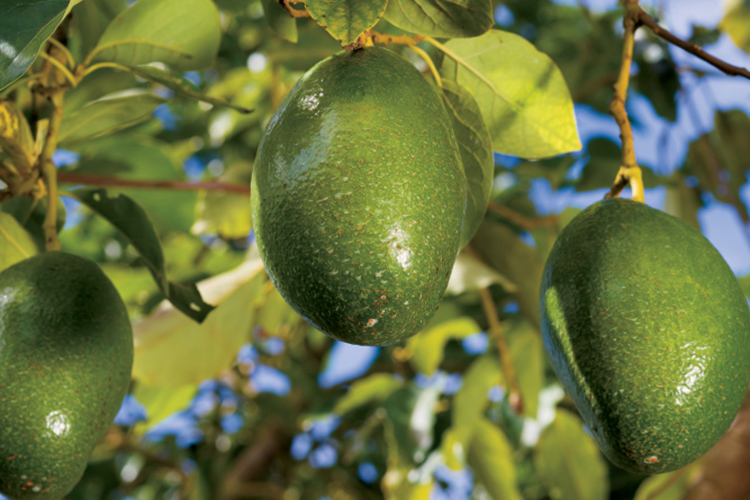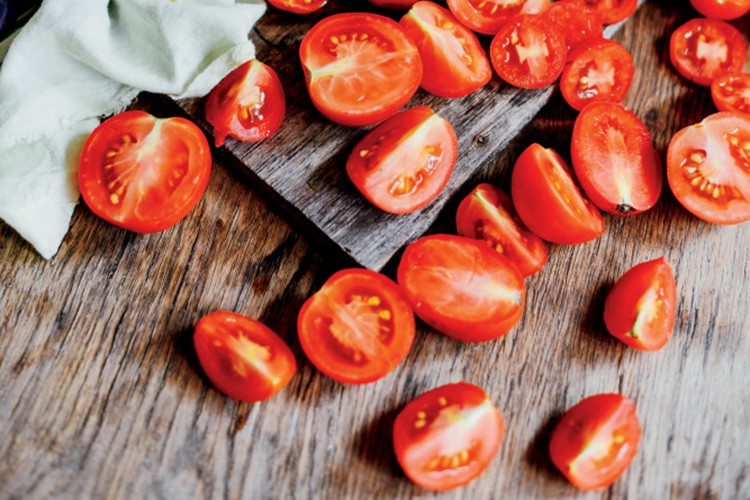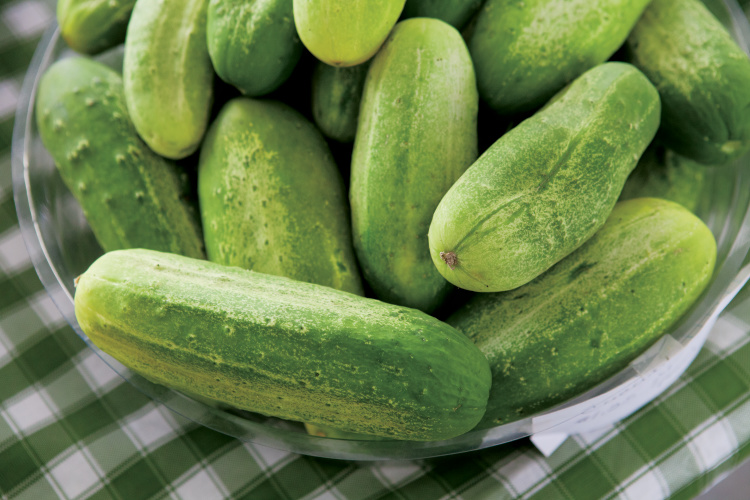Home > Florida > Florida Crops & Livestock > Why Fresh Produce from Florida is Always in Season
Why Fresh Produce from Florida is Always in Season
In partnership with: Florida Department of Agriculture and Consumer Services

Near and far, consumers appreciate and depend on Florida’s year-round growing season for fresh flavor and a healthy selection. Lettuce, tomatoes and avocados picked in Florida today hit local grocery shelves tomorrow. Within 48 to 72 hours, that same Florida freshness fills produce departments from Georgia to Michigan.
In the frigid cold of fall, winter and early spring, outdoor growing shuts down in most other states, but not in Florida. Tomatoes are an iconic winter crop in the state. In December, January and February, juicy, ripe tomatoes are pulled from the vines. Lettuces, celery and cucumbers are also fresh and ready for salads.
While snow is falling elsewhere, Florida farmers deliver summer flavors to every state east of the Mississippi.

Eat Florida Fresh
If not for Florida growers, consumers would be limited to imported fruits and vegetables. That’s why it’s important to look for the Fresh From Florida brand in supermarkets, according to Jackie Moalli, director of marketing for the Florida Department of Agriculture and Consumer Services.
“Florida farmers grow the best-tasting and highest-quality fruits and vegetables available,” Moalli says. “Our farms are the best source of domestic production of major crops during the winter months. Without our farmers, imports would be the only option.”

Variety is a Bonus
From avocados to watermelon, Florida produces more than 300 agricultural commodities, including other products, such as beef, dairy, nursery products and aquaculture. Florida ranks No. 1 in the nation for the production of oranges, grapefruit, cucumbers, snap beans, squash, tomatoes, sugar cane and watermelon, according to the Florida Fruit and Vegetable Association.
Florida farmers harvest strawberries from December to April when those same plants in Illinois rest under a blanket of straw, and maybe snow. There’s no chance of keeping a bell pepper alive outdoors in Vermont after the first fall frost, yet Florida farms harvest the crop from November to May. And the eastern half of the nation relies on Florida to fulfill its obsession with oranges, a fruit exclusive to tropical climates.

What’s In Season
While Florida carries the advantage of growing fruits and vegetables year round, each crop still has its seasonality. Unlike guava and mushrooms, that are grown and harvested all year, cucumbers take a few months off in January, February and the heat of summer. Farmers harvest Florida blueberries only in April and May. Snap beans are readily available from November to March.
Consumers should check out our produce calendar at freshfromflorida.com to find what’s in season because shopping in season saves money and the food tastes better. Produce costs less when available in abundance. Fruits and vegetables hit their peak taste levels when in season, and shopping for the season’s best fresh produce diversifies the diet.
Thanks to the state’s climate and experienced farmers, it’s easy to add a dash of Florida freshness to every meal.
Click here to see what’s in seasons with Florida’s produce calendar.



